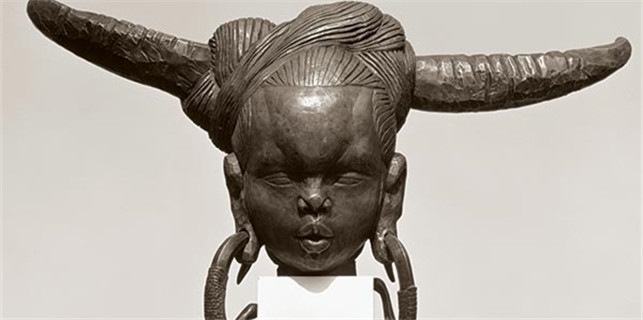Immigration laws reason for the US Chinese restaurant boom
 |
|
[Photo/VCG] |
The anti-Chinese sentiment was rampant in America beginning in the latter half of the 19th century, when as many as 300,000 Chinese miners, farmers, railroad and factory workers came to the US. Many non-Chinese workers felt threatened by these laborers, who often worked for lower wages.
Bread and butter of mass consumption
"Similar to how numerous other cuisines came to the US, the arrival Chinese food in the New World was a byproduct of immigration, brought first to California by the first large wave of Chinese immigrants during and shortly after the Gold Rush," Chen told CGTN Digital.
Amid mounting pressure, the US passed immigration laws that explicitly barred Chinese laborers from immigrating or becoming US citizens, and made it extremely difficult for even legal residents to re-enter the US after making a visit home to China. But there was an exception to these laws. Some Chinese business owners in the US could get special merchant visas that allowed them to travel to China, and bring back employees. Only a few types of businesses qualified for this status. In 1915, a federal court added restaurants to that list which historian said is how the restaurant boom was born.




















